Data Security with Smart Switches
Nowadays, data security is a topic that is gaining more and more prominence. With the growing amount of information traveling across networks, protecting this data has become essential. One of the most effective solutions to guarantee this protection is the use of smart switches. In this article, we'll explore how smart switches can help protect sensitive data on corporate and public networks, detailing their features and benefits.
What are Smart Switches?
Smart switches are network devices that offer advanced management and security functionality. Unlike common switches, they allow detailed configuration, enabling administrators to control network traffic more efficiently and securely. With these devices, it is possible to segment the network, apply security policies and monitor activities in real time.
Importance of Data Security
Data security is crucial to protecting sensitive information against unauthorized access and cyber attacks. In an increasingly digital world, protecting this information is vital to maintaining user trust and the integrity of operations. Poorly protected networks can result in data leaks, financial losses and reputational damage.
Smart Switch Security Features
Smart switches offer a variety of security features that help protect data. These include device authentication, access control, data encryption, network segmentation with VLANs, and continuous activity monitoring. These features ensure that only authorized users can access sensitive information, and that any suspicious activity is quickly identified and neutralized.
Authentication and Access Control
One of the main security measures in smart switches is authentication and access control. Using protocols such as 802.1X, these switches ensure that only authorized devices can connect to the network. This prevents unauthorized access and protects the network against internal and external attacks.
Protection Against Insider Threats
Insider threats are a constant concern for any network. Smart switches offer functionality to monitor the behavior of connected devices, detecting and responding to suspicious activity. This includes the ability to isolate compromised devices and block unauthorized access.
Data Encryption
Data encryption is an essential tool for protecting information in transit. Smart switches support data encryption, ensuring that sensitive information cannot be intercepted or altered during transmission. This is particularly important in networks that transport critical information, such as medical or financial data.
Network Segmentation with VLANs
Network segmentation with VLANs (Virtual Local Area Networks) is another key functionality of smart switches. By segmenting the network, it is possible to isolate different types of traffic, increasing security and efficiency. For example, in a public institution, administrative traffic can be separated from guest traffic, preventing unauthorized access from compromising the network.
Monitoring and Anomaly Detection
Smart switches offer advanced monitoring tools that help identify anomalous network behavior. With these tools, administrators can receive real-time alerts about suspicious activity, allowing them to quickly respond to potential threats. This is crucial to prevent attacks and minimize damage.
Resilience and Data Recovery
In the event of failures or attacks, resilience and data recovery are essential. Smart switches enable the implementation of disaster recovery plans, ensuring that the network can be quickly restored after an incident. This includes regular backups and redundancy strategies that minimize downtime.
Centralized Security Management
Centralized security management makes it easy to administer security policies across your entire network. With a single interface, administrators can efficiently configure, monitor and adjust security policies. This not only improves security, but also simplifies network management.
Benefits of Data Security in Public Institutions
For public institutions, data security is even more critical. Schools, hospitals and other public entities deal with sensitive information that needs to be protected. Smart switches provide the security needed to protect this data, ensuring that personal and operational information is safe from unauthorized access and cyberattacks.
Real Use Cases
There are countless examples of how smart switches have been used to improve data security in public institutions. In hospitals, for example, smart switches ensure sensitive medical data is protected, while in schools, they help separate student and administrator traffic, improving network security and efficiency.
Challenges in Implementing Smart Switches
While the benefits are many, implementing smart switches can present challenges. It's important to plan accordingly, train IT staff, and ensure that all devices on the network are compatible. Overcoming these challenges is essential to taking full advantage of the security features of these devices.
Future Trends in Network Security
The field of network security is constantly evolving. New technologies and innovations are always emerging, and smart switches are no exception. Future trends include integration with artificial intelligence and machine learning to detect threats even more efficiently, as well as continuous improvements in encryption and security policy management.
Conclusion
Protecting sensitive data is a priority on any network, and smart switches provide the tools necessary to ensure this protection. With advanced security features, these devices help maintain the integrity and confidentiality of information, becoming essential for public and private institutions. If you are looking to improve the security of your network, consider smart switching services from C2H Solutions. To receive a quote, simply get in touch via the contact page on the website.
Common questions
1. What are VLANs and how do they help with data security?
VLANs allow you to segment the network into smaller parts, isolating traffic and increasing security by limiting access to sensitive data.
2. How does encryption protect data in transit?
Encryption transforms data into an unreadable format for interceptors, ensuring that only authorized recipients can access the information.
3. How important is access control in smart switches?
Access control ensures that only authorized devices and users can connect to the network, preventing unauthorized access and internal attacks.
4. What are the benefits of continuous network monitoring?
Continuous monitoring allows you to quickly identify and respond to suspicious activity, minimizing security risks and the impact of potential attacks.
5. How can smart switches help with disaster recovery?
Smart switches support redundancy strategies and regular backups, facilitating quick network recovery after failures or attacks.

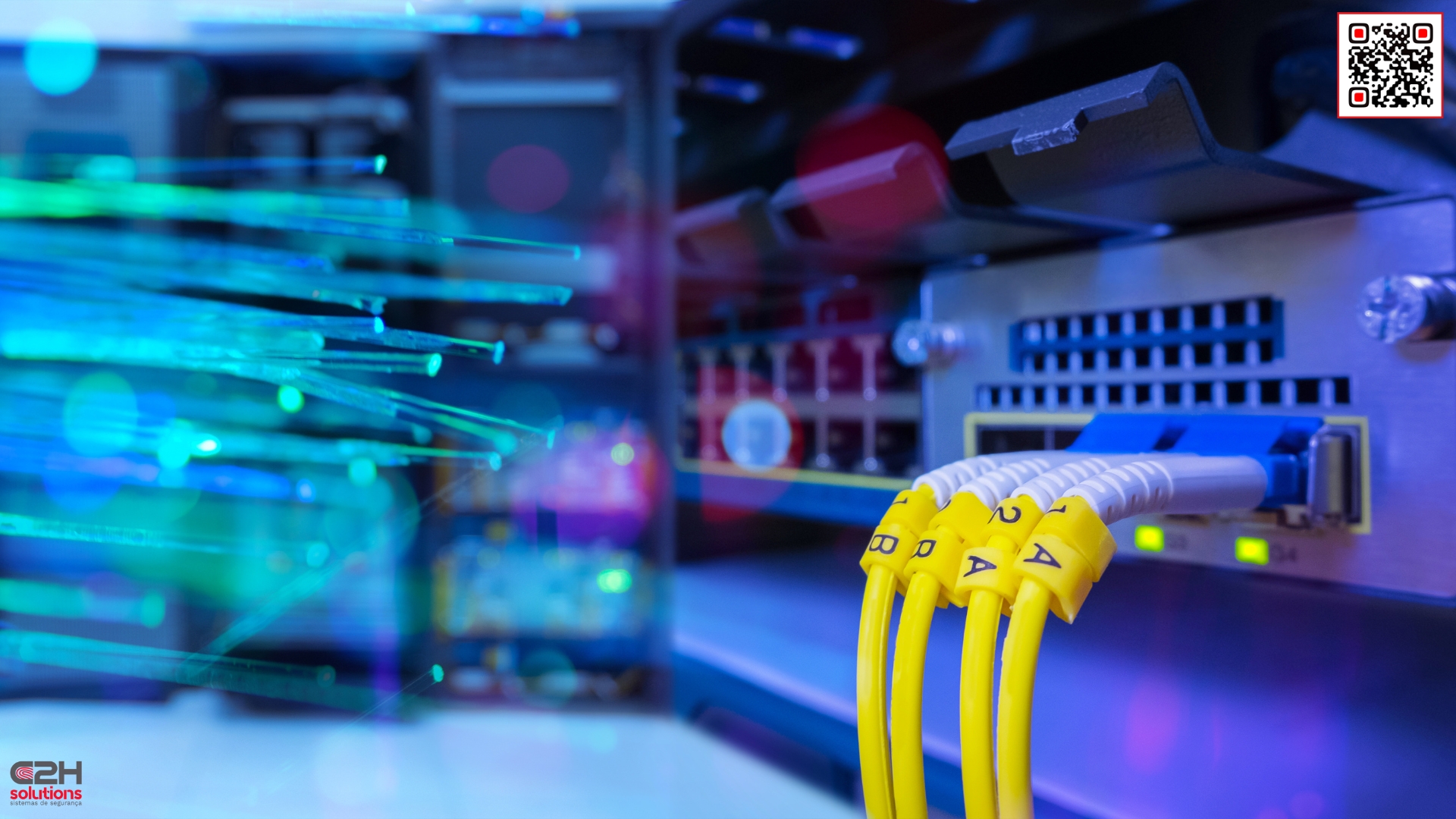
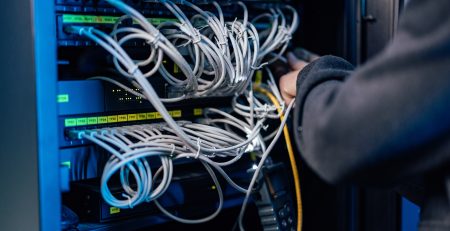
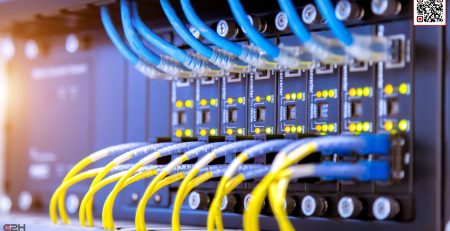
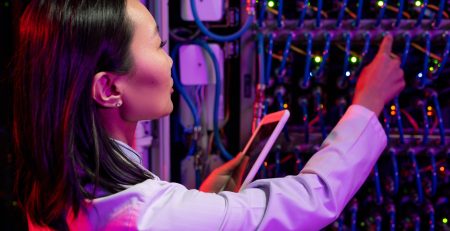
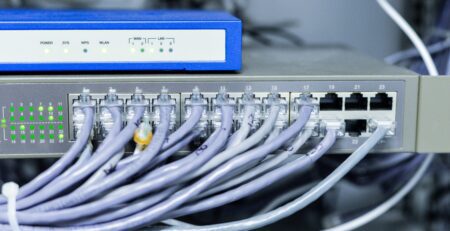
Comments (12)
💡 Com a crescente demanda por segurança de dados, os switches inteligentes se destacam como uma solução eficaz para proteger suas informações críticas. Aproveite a tecnologia a seu favor e mantenha sua rede sempre segura!
👉 Quer aprofundar seus conhecimentos sobre #Switches Inteligentes? Explore mais conteúdos exclusivos em nosso blog na seção #Switches Inteligentes.
🤝 Envie um email para nosso departamento comercial! comercial@c2hsolutions.com.br
💡 A segurança de dados nunca foi tão crucial, e os switches inteligentes oferecem uma solução eficaz para proteger sua rede de ameaças. Invista em tecnologia que garante a integridade das suas informações!
👉 Quer aprofundar seus conhecimentos sobre #Switches Inteligentes? Explore mais conteúdos exclusivos em nosso blog na seção #Switches Inteligentes.
🤝 Envie um email para nosso departamento comercial! comercial@c2hsolutions.com.br
💡 Os switches inteligentes são essenciais para garantir a integridade e a segurança dos dados na sua rede! Eles ajudam a otimizar a gestão e a proteção das informações, trazendo mais confiança para as operações diárias.
👉 Quer aprofundar seus conhecimentos sobre #Switches Inteligentes? Explore mais conteúdos exclusivos em nosso blog na seção #Switches Inteligentes.
🤝 Envie um email para nosso departamento comercial! comercial@c2hsolutions.com.br
💡 A segurança de dados é essencial no mundo digital, e os switches inteligentes desempenham um papel crucial na proteção das informações. Com a tecnologia certa, você pode otimizar sua rede e garantir a integridade dos seus dados!
👉 Quer aprofundar seus conhecimentos sobre #Switches Inteligentes?
Explore mais conteúdos exclusivos em nosso blog na seção #Switches Inteligentes.
🤝 Envie um email para nosso departamento comercial! comercial@c2hsolutions.com.br
💡 Com a crescente complexidade das redes, os switches inteligentes são essenciais para garantir a segurança dos dados e otimizar o desempenho. Ao investir nessa tecnologia, você não só protege suas informações, mas também potencializa sua infraestrutura!
👉 Quer aprofundar seus conhecimentos sobre #Switches Inteligentes? Explore mais conteúdos exclusivos em nosso blog na seção #Switches Inteligentes.
🤝 Envie um email para nosso departamento comercial! comercial@c2hsolutions.com.br
💡 A segurança de dados é fundamental para o sucesso de qualquer negócio, e os switches inteligentes desempenham um papel crucial na proteção e na eficiência das redes. Invista em soluções que integram inovação e confiabilidade!
👉 Quer aprofundar seus conhecimentos sobre #Switches Inteligentes? Explore mais conteúdos exclusivos em nosso blog na seção #Switches Inteligentes.
🤝 Envie um email para nosso departamento comercial! comercial@c2hsolutions.com.br
💡 No mundo digital, a segurança de dados é mais crucial do que nunca, e os switches inteligentes são aliados poderosos na proteção da informação. Eles não só melhoram a performance da rede, mas também garantem maior segurança em suas operações.
👉 Quer aprofundar seus conhecimentos sobre #Switches Inteligentes? Explore mais conteúdos exclusivos em nosso blog na seção #Switches Inteligentes.
🤝 Envie um email para nosso departamento comercial! comercial@c2hsolutions.com.br
💡 A segurança de dados é essencial em um mundo cada vez mais conectado, e os switches inteligentes têm um papel crucial nessa proteção. Invista em tecnologia que não apenas conecta, mas também protege!
👉 Quer aprofundar seus conhecimentos sobre #Switches Inteligentes? Explore mais conteúdos exclusivos em nosso blog na seção #Switches Inteligentes.
🤝 Envie um email para nosso departamento comercial! comercial@c2hsolutions.com.br
💡 A segurança de dados é fundamental, e os switches inteligentes desempenham um papel crucial na proteção da sua rede, oferecendo controle e visibilidade aprimorados. É essencial investir em soluções que garantam a integridade das suas informações!
👉 Quer aprofundar seus conhecimentos sobre #Switches Inteligentes? Explore mais conteúdos exclusivos em nosso blog na seção #Switches Inteligentes.
🤝 Envie um email para nosso departamento comercial! comercial@c2hsolutions.com.br
💡 A segurança de dados nunca foi tão crucial quanto agora, e os switches inteligentes estão na vanguarda dessa proteção. Com sua capacidade de monitoramento em tempo real, eles garantem uma rede mais robusta e confiável para sua empresa!
👉 Quer aprofundar seus conhecimentos sobre #Switches Inteligentes? Explore mais conteúdos exclusivos em nosso blog na seção #Switches Inteligentes.
🤝 Envie um email para nosso departamento comercial! comercial@c2hsolutions.com.br
#Switches InteligentesSegurança de Dados com Switches Inteligentes#Switches InteligentesSegurança com Inovação e Confiabilidade – C2H Solutions
#Switches InteligentesSegurança de Dados com Switches Inteligentes#Switches InteligentesSegurança com Inovação e Confiabilidade – C2H Solutions